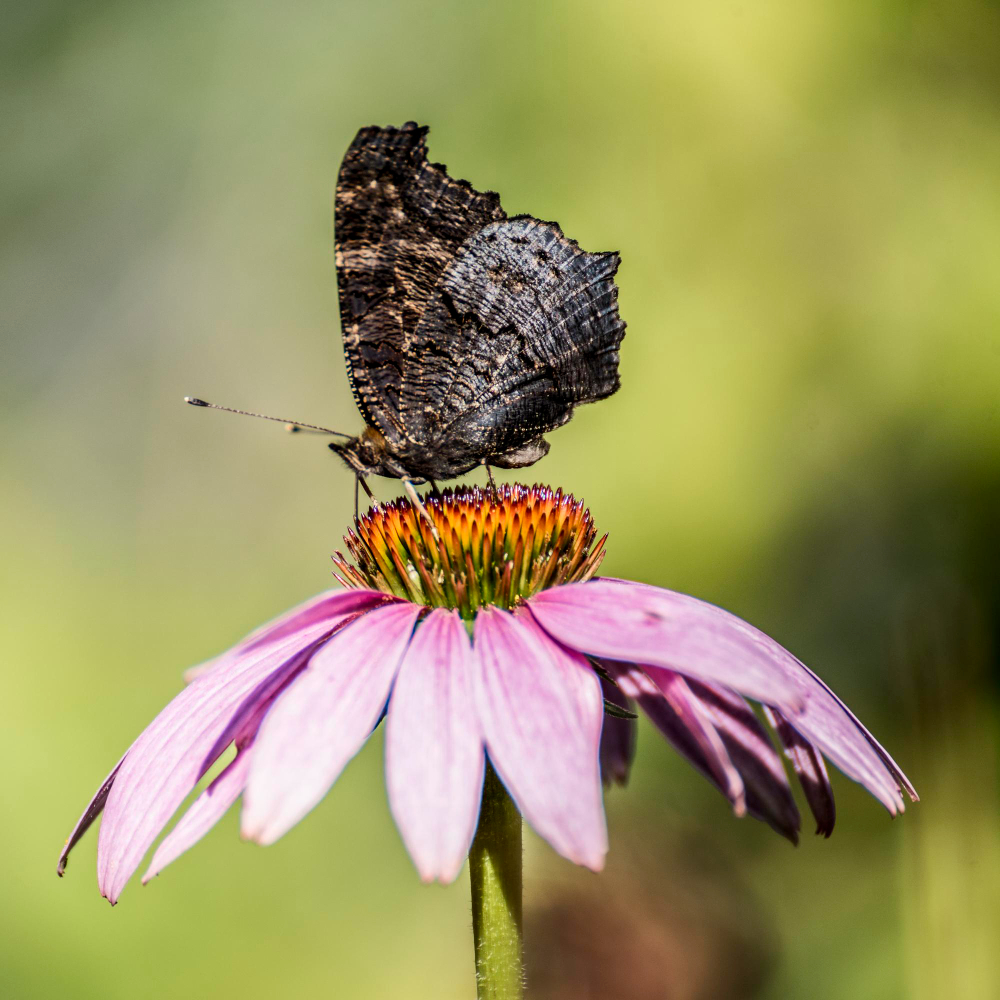Life Science
Life science includes all fields of science involving the study of living organisms such as plants, animals and humans. Life science is for upper primary/lower secondary level school students. There are 18 modules and 102 lesson topics.
Module 1: Interaction of Living Organisms
Abiotic and Biotic Factors
Ecosystems contain all the nonliving and living parts of the environment in a given area. The nonliving parts-called abiotic factors-include sunlight, water, soil and air.
The living or once-living parts of an ecosystem- called biotic factors include living organisms and the decayed remains of dead organisms.
Interactions of Living Things
More than one population can live in the same habitat because each species has a different way of using the resources.
A niche is the way a species interacts with abiotic and biotic factors to obtain food, find shelter, and fulfill other needs.

Symbiosis
A symbiosis is a close, long term relationship between two species that usually involves an exchange of food or energy.
Types of Symbiosis
MUTUALISM
COMMENSALISM
PARASITISM
What Makes Something Alive? A Life Science Exploration
Have you ever wondered what makes something alive? From the smallest microbes to the largest animals, living things share unique characteristics that set them apart. In this video, we’ll explore the incredible diversity of life on Earth by understanding what living things are and how they interact with their environment.
Bringing Science to Life with IQ Candy
Understanding the origins and structure of atoms gives us a glimpse into the fascinating world of science, helping us better appreciate how everything around us is built. But why stop at understanding? Dive deeper and explore our carefully curated resources and engaging tools designed to make learning science fun and intuitive.
Start your journey with us today, and let’s make science come alive for learners of all ages. Click below to learn more and unlock a world of discovery!”